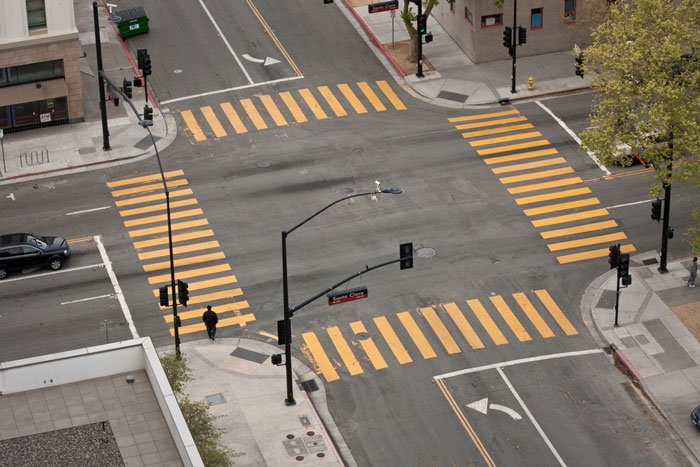Three Ways to Avoid a Rear-End Collision
The right of way is generally used to describe the lawful right that has been established when passing along a specific route, through a property or grounds that belong to another. It is a thoroughfare or a path that has been subjected to a right. Another definition of the right of way is granting the ease of passing over a piece of reserved land for transportation purposes, which can also be used for public footpaths, canals, railways, highways, oil and gas pipelines or electrical transmission lines.

Turning into a One-Way Street/Road:
The phrase can also be used to describe the legal right of a ship, a vehicle, or a pedestrian to pass another in any particular place or situation. The right of way is generally given to a person who owns a specific piece of land that is bordered on all sides by lands that are owned by others. A court can generally provide a person the right of way. When driving the right of way is generally used to indicate a particular situation where a pedestrian, cyclist, or driver may pass or overtake the other.
A study conducted by the Federal Highway Administration of 40,000 drivers mostly at intersections that had stop signs, showed that around two-thirds of the drivers at those intersections never stopped. It should not be therefore assumed by others that drivers will yield right of way by default. All pedestrians, cyclists, and drivers must pay particular attention to the actions and intentions of others at the intersection in order to avoid accidents.
Yielding the right of way generally places a lot of emphasis on personal judgment, and therefore the laws governing the laws of right-of-way are particularly hard to apply and understand. However, the following principles regarding yielding the right of way can be beneficial for everyone:
- No highway user should ever take the right of way for granted, since it is always given.
- The main purpose of setting up the right-of-way laws is to ensure that no conflicts or accidents arise from a driver failing to give way or yield to another.
- It is important to note that a driver hasn’t yielded the right of way when they force other drivers to wait or slow down on the highway.
- In the situation where 2 or more drivers are supposed to yield right of way, all the other drivers must be prepared in order to yield.
- All the drivers are responsible for their actions and should therefore exercise extreme caution in order to avoid an accident from taking place. The driver that has the last clear chance to avoid causing the accident has the obligation to make the necessary adjustment and yield right of way.
Rear-Ending another Driver at an Intersection
Yielding the right of way laws have always been tricky, since they are open to interpretation and the driver, cyclist or pedestrian that is in the best position to avoid causing a collision is generally determined to yield the right of way. It is the responsibility of everyone to ensure that no collision occurs at that particular place or intersection.

